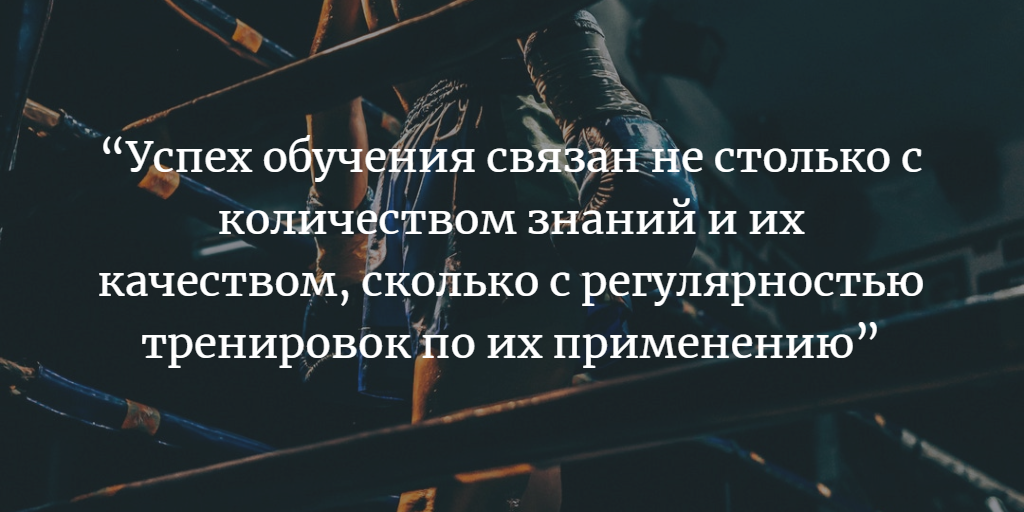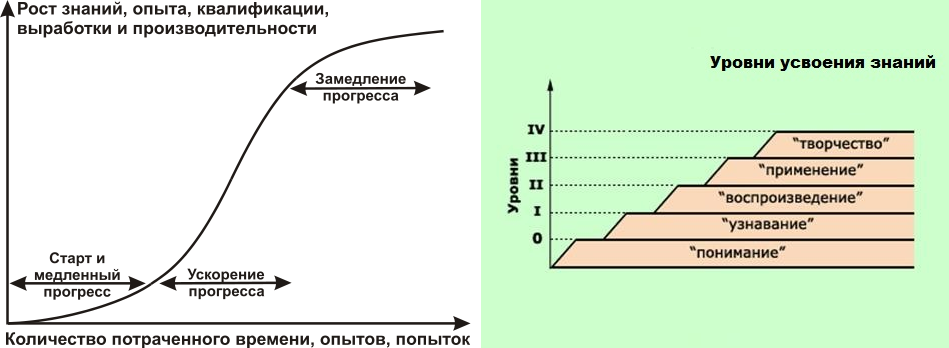How I Learn Agile Practices and Values

Under the cut, a review and conclusions from the MeetUp retrospective about teamwork and reflection, which Elena Litvinova conducted on April 3.
For me, it became a demonstration like a normal team (hereinafter referred to as team 1.0), different from the prepared one (team 2.0).
Prepared means that most of the team members are not only familiar with Agile practices and values, but possess them.
What was the basis of Mitap
We played the game "collect the comic". Some story was cut into slides of the same size (puzzles), they were mixed and distributed to each participant in 3 pieces.
Slides could not be shown to the rest of the participants, only words could explain what was on them. Together we had to restore / understand the general plot and lay out the slides in the manner prescribed by the author.

Who was
There were 15 people. Someone I had seen before, met at another meeting, but most were not familiar with each other. We were lucky, most were “prepared” and we were united into one team, team 2.0.
How they looked from the side. Comparison of the work of teams 1.0 and 2.0
All friends listened and heard, no one pulled the blanket over themselves. We started by planning how we organize work in the sprint.
Team 1.0 would just start working “right off the bat”.
The time allotted for planning was not enough and we began to work with what we had time to plan.
Team 1.0 often continues to try to complete the planning, taking this time from time to “development / implementation”.
The best way to change the process was already discussed along the way. The prepared plan helped us get started, but turned out to be unviable in the middle. “Collecting comics” was a new activity for us, so there is no idea what to do, and there is no time to decompose it into components and correctly rebuild too.
On planning, we realized that we had to start by creating a common information space, so that everyone would tell others what kind of pictures he had on his hands. During the story about the slides, they began to try to catch the general plot. We grouped our pictures into specific scenes and tried to determine the correct sequence of slides in the scene.
Another feature of Team 2.0 is to keep track of time and break down work into time intervals by activity type.
We were given 40 minutes for the sprint. We divided it into 3 parts: planning, work, assembly of the result.
Someone always watched how much time was left and told everyone: “20 minutes left before the end of the sprint. There are 10 minutes left until the end of the sprint, let's collect what we already have. " Those who are actively collecting history are in the “stream” and do not watch the clock, so for them, this “direction” / structuring of work on a timeline is very important.
In team 1.0, time is rarely monitored, and if they are being watched, no one is listening, they are trying to finish their task to the end, the sprint time is running out, and the team has no ready result.
We did not assign the role of a “time manager” to anyone. For some of the participants, this was a strong point. I knew what it was and why it was needed, I did it before, so I didn’t have to ask for it, he took it on himself and knew "how to" execute it / convey this information to everyone, and Team 2.0 was ready to accept this information and use correctly.
The next feature of Team 2.0 is performance. The team knows that at the end of the sprint you need to provide the result in the form in which it turned out, albeit not perfect, with some kind of non-docking, but generally similar to the truth.
We got three large pieces of history that we did not know how to dock. They knew for sure that the first two were interconnected, but could not find a point of interconnection between them. Therefore, simply connected two pieces, the last frame of the first and the first frame of the second, and the third piece attached to the second.
When the cards were turned over to see the comic ... the team got high. It was great to see how to correctly assemble the frames in the correct sequence, that they were right about the first and second piece. Even without revealing the conjugation point, we correctly felt it blindly.
In some places, the frames were in the wrong order. Everything is like in life, when you give the prototype to work and understand that something is working wrong and you need to fix it. We were given the opportunity to correct (+1 to the pleasure of the result).
The third piece was the beginning for the first. The frames in it were set correctly, but we could not find the point of interconnection. It was not easy to do this because we were not sure that the frames were put in the correct order, so we did not know between what and what to look for common ground.
Reflection of team work and team work
Instead of the traditional retrospective of what the team did and failed, what can and should be changed in the organization of the team’s work in order to get the best result, Elena asked everyone to choose cards that best describe our perception of the work of the person / team members that we remember .
For me it was a Pivot (180-degree turn), since I was used to thinking about the result and the process, and not about how everyone showed himself in the process.
For such feedback, a table was prepared on which cards with characteristics lay, for example, “open to experimenting”, “companionable”, “passionately pursuing a goal” ... It was necessary to take these cards and put them on the chairs of the team members whom I evaluated. And also take the 3 cards that best describe each of us, how we value ourselves.
Then we returned to our chairs and laid out in front of us the cards in the form of a triangle received from other team members.
Each card had a marker of what type it was. Yellow - knowledge and experience. Reds are trust. Greens are order. Blue is a combination of the other three qualities.
In my triangle, the strong angles turned out to be: knowledge / experience and trust. In the corner of the "order" was only one card. My own cards were about knowledge / experience. It is interpreted as follows:
My strong point is to use previous experience and knowledge for new activities. Before starting to do something new, I try to find a previous similar experience (not necessarily my own) in order to learn from it what will be useful for the team.
A strong block of trust means that I trust other participants, their experience and knowledge. That together we have the necessary knowledge and are able to get the result due to our synergy.
Therefore, the order / instruction how we will work is less important for me, since our qualifications will help us make the right decisions during the course of the assignment.
This technique was a discovery for me. She made it possible to see a portrait of each team member, to hear what everyone thinks about him and thinks to himself. Moreover, the default feedback was designed as positive and this added a degree of pleasure to all team members.
The tool is useful to see the strengths and weaknesses of team members, to distribute roles in it by leaning on their strengths, so that everyone does what he does best. Reduce the risk of dissatisfaction with each other and conflicts due to incorrect expectations in relation to another team member when you expect something from him that is not in his nature.
- Fly the ostrich, fly.
The vulture flies, the ostrich runs after him.
- Uhhhh, I said flew, not run. Have you forgotten how to fly?
“I didn't know how.”
- I didn’t know how ... I didn’t know how - we will teach, if you don’t want to, we will force it. Take off!
“Wings, legs and tails” (c)
How quantity translates into quality
Each mitap to work in a team / teams is similar to the stage of the beginning of the “Agile transformation” in a company, when teams are formed of people who may and have worked together for a long time in the company, but do not know each other.
As a team, they are faced with a new professional activity / task. Previously, everyone was responsible for a narrow area, but now they, together, as a team, are responsible for everything: the whole process, product, supply of value.
When you participated in only one mitap, and then returned to your company / team, where you work “the old way”, its effect on your work is invisible. You just got a good mood and saw how you can work differently.
But when you went through 10 of such mitaps and are able on the 11th with people you see for the first time to organize yourself into an effective team, you understand that the experience of the mitaps turned into skills, and part of the skills into conscious knowledge / tools that you know how to apply in life, and you bring this knowledge to the "old" team and begin to apply it in its work.

Such mitaps allow you to quickly progress. Each time you “transform” and each time you do it better and better.
It becomes less important for you at what level of development / preparation the new team is located in order to feel that you are in the right place and with the right people. You turn on faster, experience less stress from a less advanced organization of work and are able to move the team forward by offering it the right ideas, knowledge and experience at the right time.
